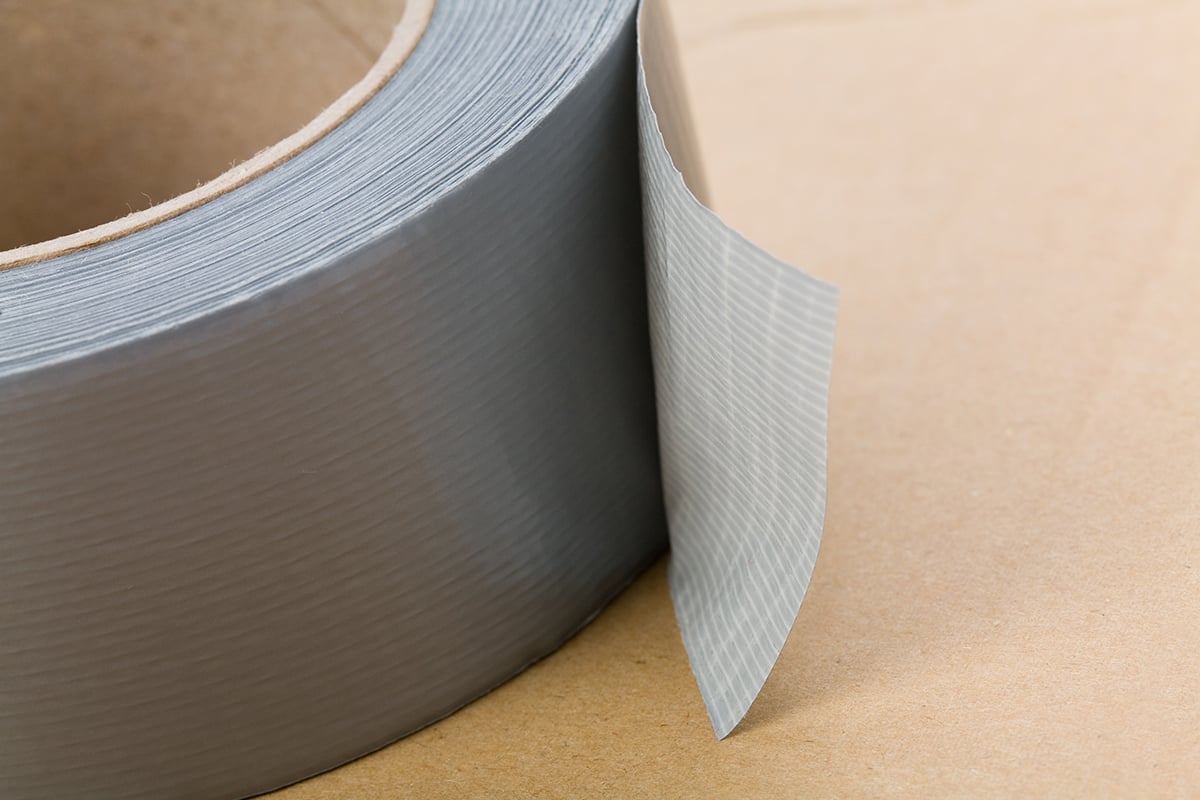A Simple Side Business You Can Start for Under $40: Painting House Numbers

A friend told me he charged homeowners $20 to paint house numbers on their curbs, and paid college students $10 per hour to do the painting. Some of his employees did 15 jobs each day. My first question, as he explained his business, was why they stuck around for $10 per hour.
Doing a dozen jobs on their own, they — or you — could make $220 per day painting house numbers on curbs (and yes, that’s after expenses).
This wouldn’t be a difficult business to start. You can buy stencils, tape and spray paint and be in business an hour from now for under $30. Or buy a starter curb painting kit for about $19 from an online supply company.
How to Paint Curbs
Different curb painters use different techniques, but the basic routine is simple:
1. Use a wire brush to clean the curb.
2. Apply masking tape to create a rectangular background area.
3. Spray paint the background area white.
4. Use stencils taped together to spray paint black house numbers.
You can watch examples in curb-painting videos on YouTube. In addition to tape, a piece of cardboard with a rectangle cut out makes painting the background easy. Some painters use brass number stencils that slide together, but they work best on flat surfaces; on a curved curb you’ll probably want the more flexible stencils. Some curb painters paint each digit by hand.
What kind of paint should you use? At least one curb painter recommends Rustoleum Flat Protective Enamel spray paint, but many different types work. My friend recommended using a more expensive reflective paint.
Some painters might take fifteen minutes to complete a job, while others may do the whole job in a few minutes. Speed matters if you want to make a couple hundred dollars in a day. Aim for fifteen minutes or less, including the time talking to the homeowner.
How to Find Customers
Everyone with a curb should have a house number on it so firefighters and ambulance drivers can find the right home easily. And any pizza delivery driver will tell you that people regularly get their pizza late because the driver can’t see their address.
That’s your sales pitch. Practice it, along with your painting skills, on friends and family, perhaps for a discounted rate. Then you’re ready to go door-to-door.
In time, you’ll get better at choosing where and when to look for customers. If you hear “no” two dozen times in a row, you likely need to try a new neighborhood (or work on your pitch).
Look for areas where most homes already have addresses painted on the curbs. These are people who are already sold on the concept and, since even good paints only last about five years, many will have faded numbers that need repainting.
People may hesitate to hire you because they’ve heard of curb painting scams. These involve shady operators who do fast, sloppy work or even paint without permission and then intimidate homeowners into paying. Show photos of your work to prospective customers, and make it clear that they can approve the finished work before paying you.
A Few More Suggestions
If your city requires a permit, get one — they’re usually inexpensive. Liability insurance might be a good idea (and is required in some cities) if you have a lot of assets to protect, just in case you cause an accident while working on the curb. A general liability policy for a sole proprietor can be bought for as little as $500 annually, according to Trusted Choice Insurance.
You can work for cash, but these days you might run into people who don’t have $20 on them. One solution is to get a Square card reader for your smartphone. Square will take 2.75% of each charge, or 55 cents of every $20 sale.
Before you start your day, make sure you have more than enough tape, paint and extra stencils. A long break to run across town for supplies can really knock down your revenue for the day.
If you enjoy painting, why not consider moving up from the curb into painting houses or murals?
How Much Can You Make?
You can keep your startup costs low in this business. Even a permit and insurance, if you need them, will cost you only a few hundred dollars. That works out to an ongoing expense of less than $10 or $12 per week.
With low operating expenses as well, most of your income will be profit. Apart from a dollar’s worth of tape and paint for each job, your biggest expense will probably be gas for your car. If you do 10 jobs for $20 each, you might have expenses of only $20 for the day, leaving a profit of $180.
One more idea: ask a local homeowner’s association to allow you to offer a discount to every homeowner in the neighborhood by way of a flyer on doors or a mention in the community newsletter. If you can line up 50 jobs, you could knock them out in a two days at $15 each, for a profit of about $700.
Your Turn: Have you painted your house number on your own curb? Would you turn it into a business?
Steve Gillman is the author of “101 Weird Ways to Make Money” and creator of EveryWayToMakeMoney.com. He’s been a repo-man, walking stick carver, search engine evaluator, house flipper, tram driver, process server, mock juror, and roulette croupier, but of more than 100 ways he has made money, writing is his favorite (so far).
















